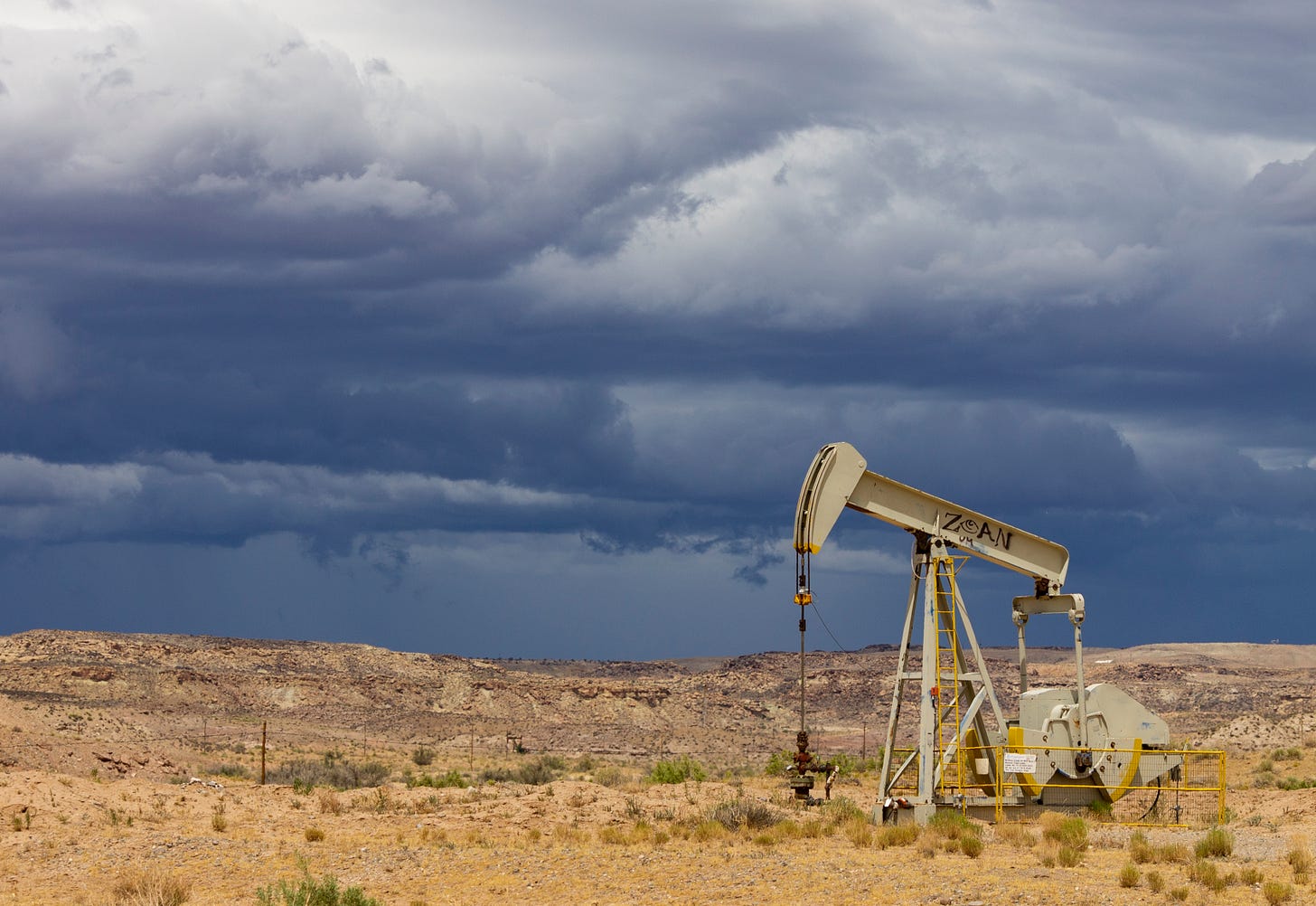Oil and gas reform; Getting my goat; Good news
No, Biden doesn't love fossil fuels more than Trump!
Public Lands and Energy Watch
The News: The Biden administration has proposed the first substantial reforms to the federal oil and gas leasing program since the late 1980s. The rule would provide a fairer return to taxpayers by increasing royalty rates, rental amounts, and minimum reclamation bond amounts. The rule also aims t…



